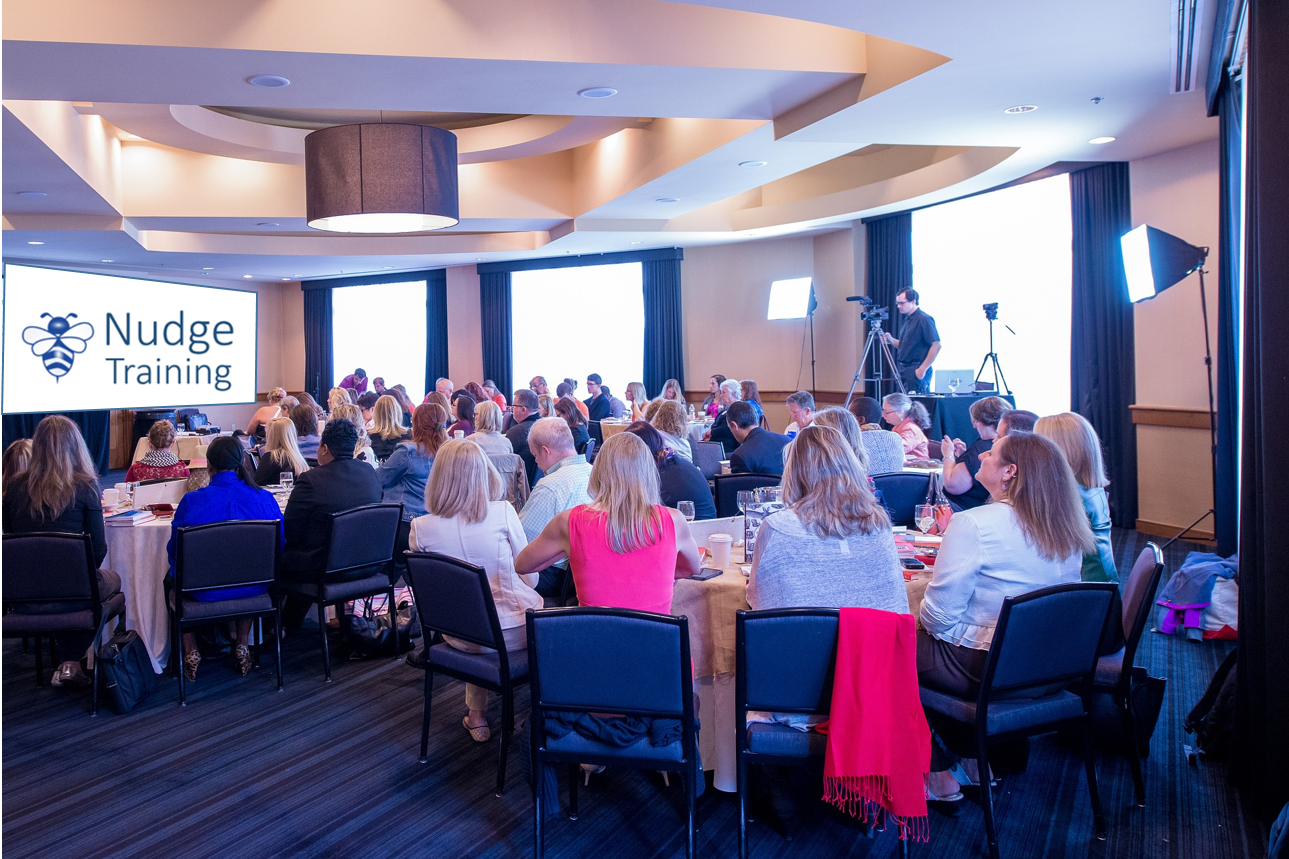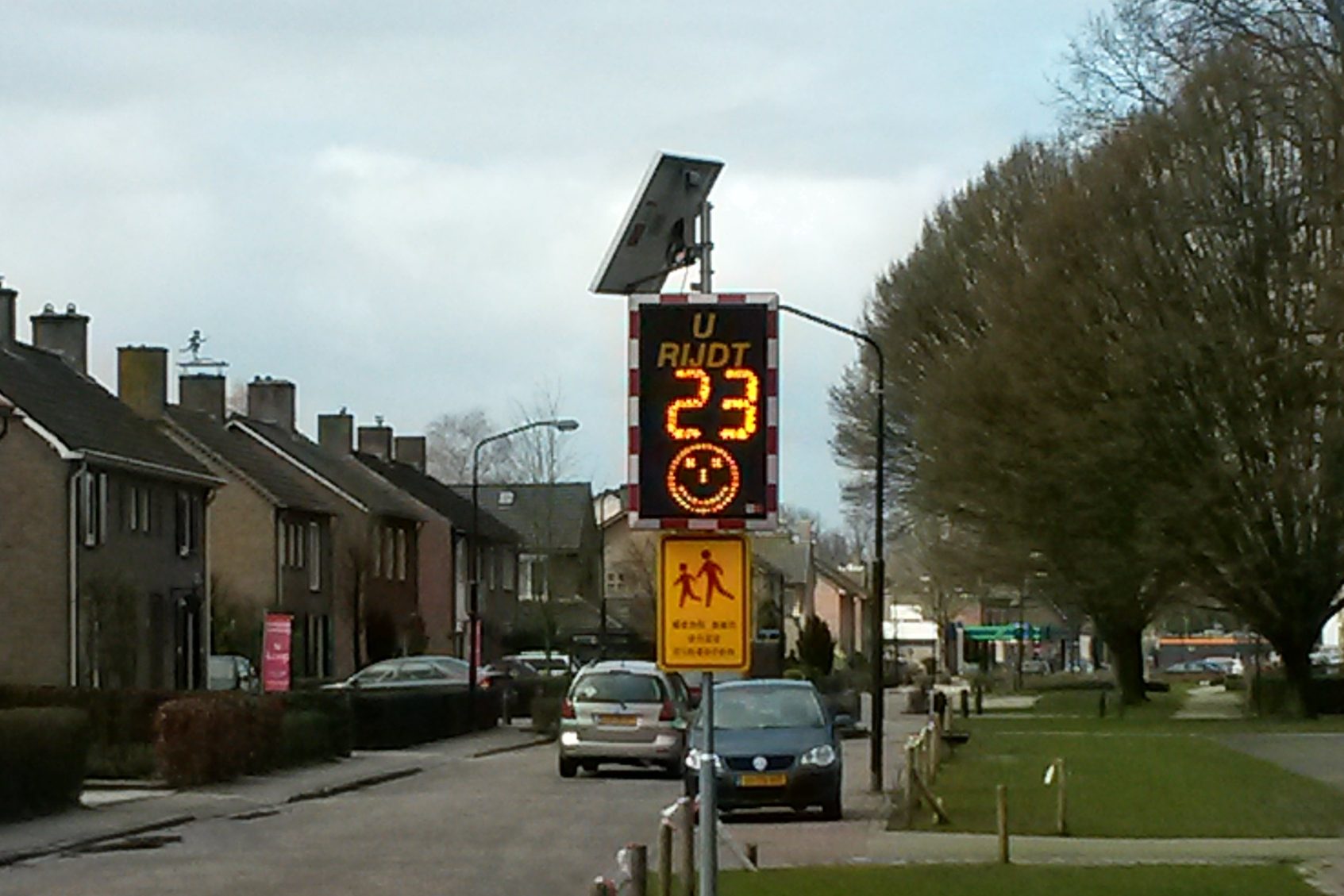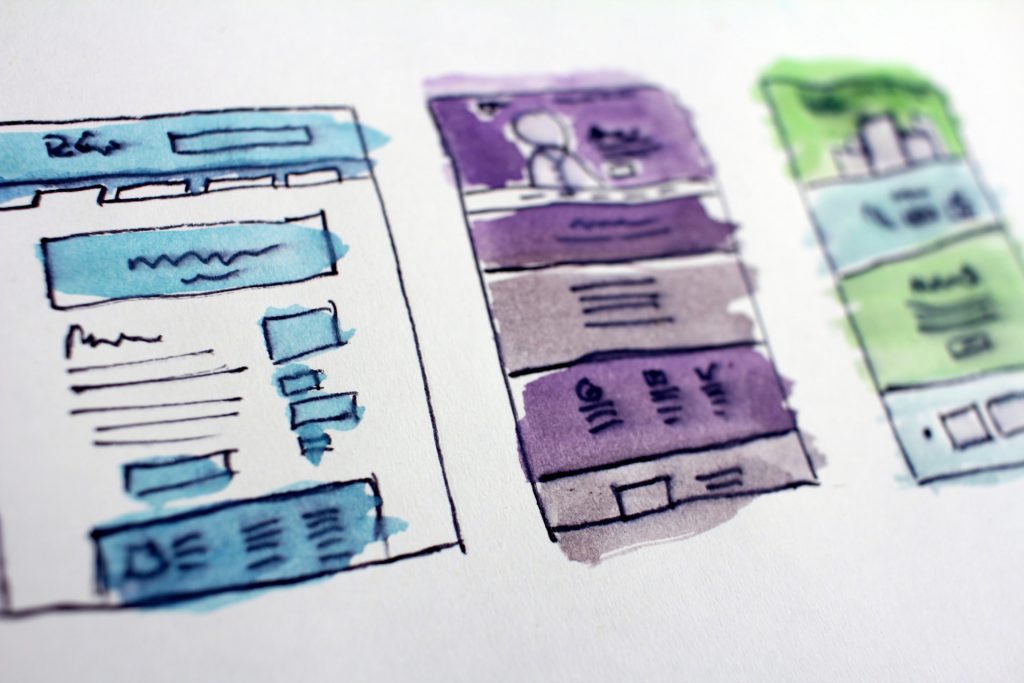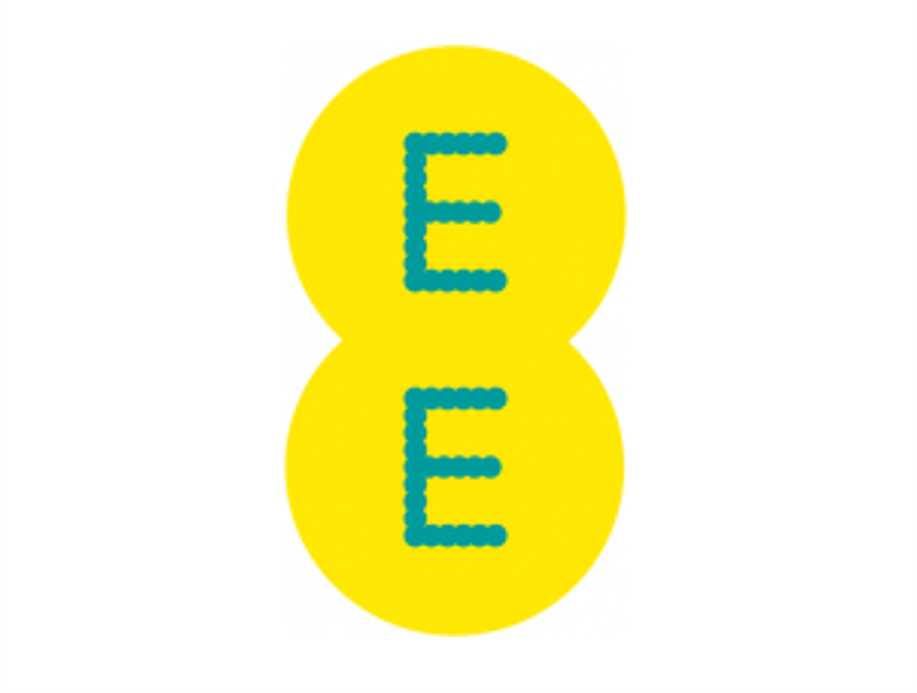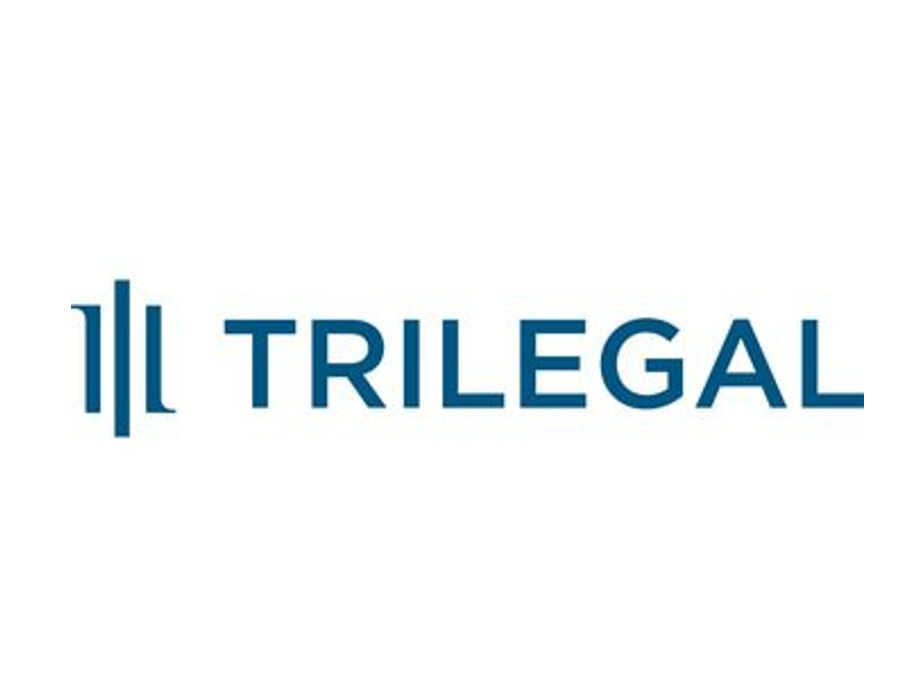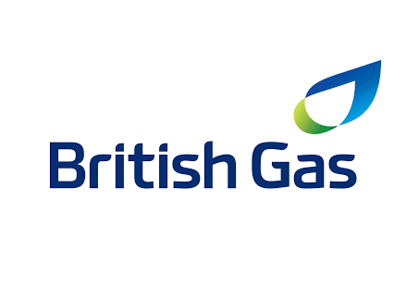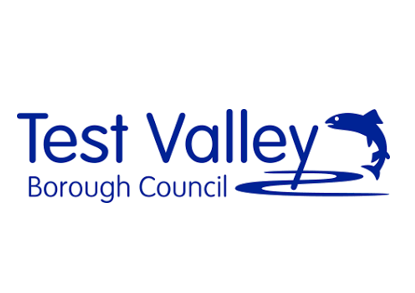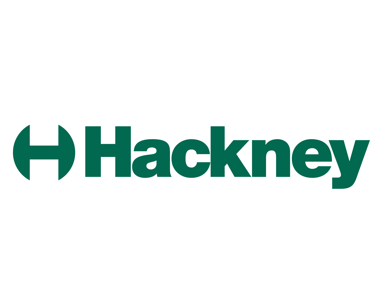
Nudge Training
Our Nudge training can be delivered virtually online as a one to one, or in group sessions. And we can deliver in-person to small or large groups. Each virtual session is between 60 to 120 minutes long. This is either a one off session or two parts, with time in between to reflect on the ideas introduced.
We use Zoom, but we can use your preferred platform as we have delivered online session using most of the top systems including Webex, Adobe Connect etc.
The session is highly dynamic with lots of discussion and application to the real life situations of the participants.
Other Nudge Training Options
What is Nudge Training?
Nudge Training gives you ideas and strategies to offer a better service and to influence others. We take the principles of Nudge and apply them to the workplace and everyday work situations. It’s about helping people to see things the way you do.
This is a workshop approach which takes your challenges and answers them by applying the principles to give you new solutions, or strategies to try out back in the workplace. We use each element of Nudge and see how they might help you and your situation. In this way our training is very much a workshop style. You start with challenges and leave with solutions.

What is Nudge?
A Nudge is a way of encouraging a behaviour without instructing. It is the idea of providing seemingly small interventions to help people make the ‘right’ choice. Here are some examples:




Where does Nudge come from?
Nudge is an idea explained in a book by Richard H Thaler and Cass R Sunstein. It’s further developed by others. In 2017 Richard Thaler was awarded the Nobel Prize for Economics such is the regard for the impact of his work. The ideas have been implemented in the UK and elsewhere by the Behavioural Insights Team which started as a Government unit. Very often the ideas are applied to governments and big organisations, for such issues like tax collection, organ donation and recycling.
We have taken these ideas and applied them to everyday workplace situations such as; persuading seniors on a course of action; presenting ideas; managing people; influencing colleagues; implementing change and designing processes; drafting emails and running meetings. In this way Nudge Training is a highly practical and interesting session.
Typical situations where Nudge training can help
Let’s take some examples. You have been asked to research and implement a new project. The first step is to report back to senior managers on the options and your recommendations. You do the research and develop a definite preferred option. You are not sure the senior managers will be naturally inclined to agree with you, maybe because of cost, or because they just see things differently. Nudge will help you present the ideas in such a way to give you the best chance of getting agreement for your option.
Another example. Let’s say you manage a team who provide services internally. You and the team are very busy. The team has more work than it can fulfil, so you need to manage the work flow. You’d like your internal clients to follow a process for accessing your team and their services. Typically some of your client base do not follow new procedures. Nudge will help you develop strategies which give you the best chance of success with implementing your new process.
Typical Nudge situations
Let’s take a very typical situation, you are advising your Directors on possible options for your organisation to choose from. The situation is complex. Nudge Training will help you to formulate your arguments in a way that will help your Directors decide.
In working with external situations, Nudge can also help. You have to make a presentation to prospective clients. You want to persuade them to become new clients. This approach will help you design and deliver the presentation to give you a better chance of success.
How does Nudge work?
Nudge works by tapping into some of the instinctive behaviours we all have. When we see a door with a large handle do we push it or pull it? Most of us would pull it, even if a sign on the door says push.
There’s a queue at the check out and a new line becomes available, do we move to it straight away, or do we wait for the person opening the checkout to say their line is open, or for other people to move first? Most of us wait.
You’re in the metro and everyone who is walking in your direction is doing so on the right side, but you know the correct thing is to walk on the left. Do you walk on the left or the right? The right because that’s what everyone else is doing.
The Nudge Training approach is about giving you the best chance of success when trying to influence others. It also helps in identifying how not to approach a situation, which can be as useful as knowing how to make the right approach. It’s not about instructing people, it’s more about making suggestions within a context of choice.
Does Nudge always work?
Like all training strategies different ideas work for different people, in different situations. Human beings are far to complex to predict outcomes with 100 per cent accuracy. But these strategies and ideas help. They give us more of a chance to achieve our preferred outcomes. And they can sometimes explain why what hasn’t worked, hasn’t worked.
Nudge Training can help in many different situations. It can even help ourselves. For example a client wanted to reduce the amount of crisps and chocolate bars he ate. Simple solution; just provide a bowl of what he does want to eat close to hand. It worked, for him. This approach is not going to work for every situation all of the time, but it does give more options on how we might be able to achieve our goals.

Background Research to Nudge
In their book Thaler & Sinstein reference many pieces of individual research. For example they talk about ‘choice architecture’; the way in which choice is presented, will influence the decision. Three pieces of research are referenced here plus their own experiments and research. So they have taken lots of pieces of research and observations to create their own methodology for influencing decisions. We have taken their methodology and applied it to everyday work scenarios.
Choice architecture
Taking choice architecture as an example. Let’s say our organisation is expanding and we need to present a new office plan to the MD and a group of decision makers (DMs). We need to be aware of all the needs and wants of the decision makers and the business. But we also need to be aware of Nudge. So if we have developed a preferred option, we could present it in the context of two other less appealing options. We may ‘create’ these less appealing options to give the DMs the opportunity to make a decision. One option may have a much higher cost. The other might be functionally inferior to one or more of their key wants/needs. Choice architecture means we present ideas in a smart way.
Framing
Take ‘framing’ as another example. Framing is about the context in which you present your choice. A Sales Promotion Agency were asked to develop a creative promotional approach for a drinks brand. This was in a crowded market with a number of major players. Before the best creative idea was shown a review of what all the other drinks brands were doing and what they were spending was presented. And they were spending a lot. The competitors had massive campaigns out in the market on TV etc. Of course the reaction of the client was predictable. They looked concerned to put it mildly. How could they compete against all this competitive activity? So the agency had framed the client’s thinking before presenting the idea. When the best idea was presented it worked a treat. The look of relief and excitement on the clients’ faces was palpable.
Nudge training agenda
The following is an overview to the agenda of our Nudge Training which will be adapted to suit your specific needs and those of the participants. Contact us to be sent a full training agenda pdf.
- Introductions & objectives.
- What is Nudge & how does it apply in Training?
- Nudges we see every day.
- Participants' challenging situations.
- Breaking your challenge down.
- Reverse nudges and common examples.
- Identifying where a Nudge could help
- Nudge applied:
- Presentations.
- Meetings.
- Emails.
- Processes using a Nudge.
- Applying these ideas to public policy
- Work place case scenarios
- Selecting the right Nudge idea to use on your challenge.
- Designing your new approach or strategy.
- Testing your new strategy
- Workshop summary
- Personal action plans
Pre-workshop activity
Participants are sent a one page questionnaire which will help us to tailor the workshop to their needs. They are also asked to read a short piece and watch a short video on Nudge.
Post workshop follow up
- Participants are sent their Nudge actions as developed in the training.
- Individual coaching is available.
- An optional follow up conference call, or on line session can be arranged.
How does Nudge relate to influencing skills training
Nudge Training compliments traditional influencing skills training because it looks at situations from a different perspective. Where the traditional approach covers what you present and how to be persuasive, Nudge Training takes a different view. It looks at what would give your idea the best chance of success. The methodology identifies some very common reverse Nudges, that is, when we make decisions difficult for our colleagues or clients. The two sorts of training sit very well together. It also sits nicely with our assertiveness training, because to use nudge we sometimes need to be a bit more assertive than normal.
You could also include a session on Nudge within any leadership training or management training.

Examples of where Nudge has been used


At Schiphol airport in Amsterdam fly symbols were placed on the urinals. Giving men a ‘target’ resulted in an 80% reduction in spillage.
Road bumps on the approach to a roundabout. The road bumps are spaced increasingly closer together to give the impression of increased speed. To make the sound decrease we have to radically slow down.
Examples of where Nudge has been used in reverse


Nudge can also be used in reverse. This is where, for example, you don’t want someone to make a decision, where you prefer inertia. For example mobile phone companies give multiple choices on tariffs, to the extent that it results in many people not changing their provider.
The same is true of energy suppliers. We know we could save money by changing but it is just too complicated.
Which TV would you buy?
When we make decisions or choices, we are affected by how they are presented. Nudge uses this psychology to help us present our recommendations in the best way possible.

Case Studies


